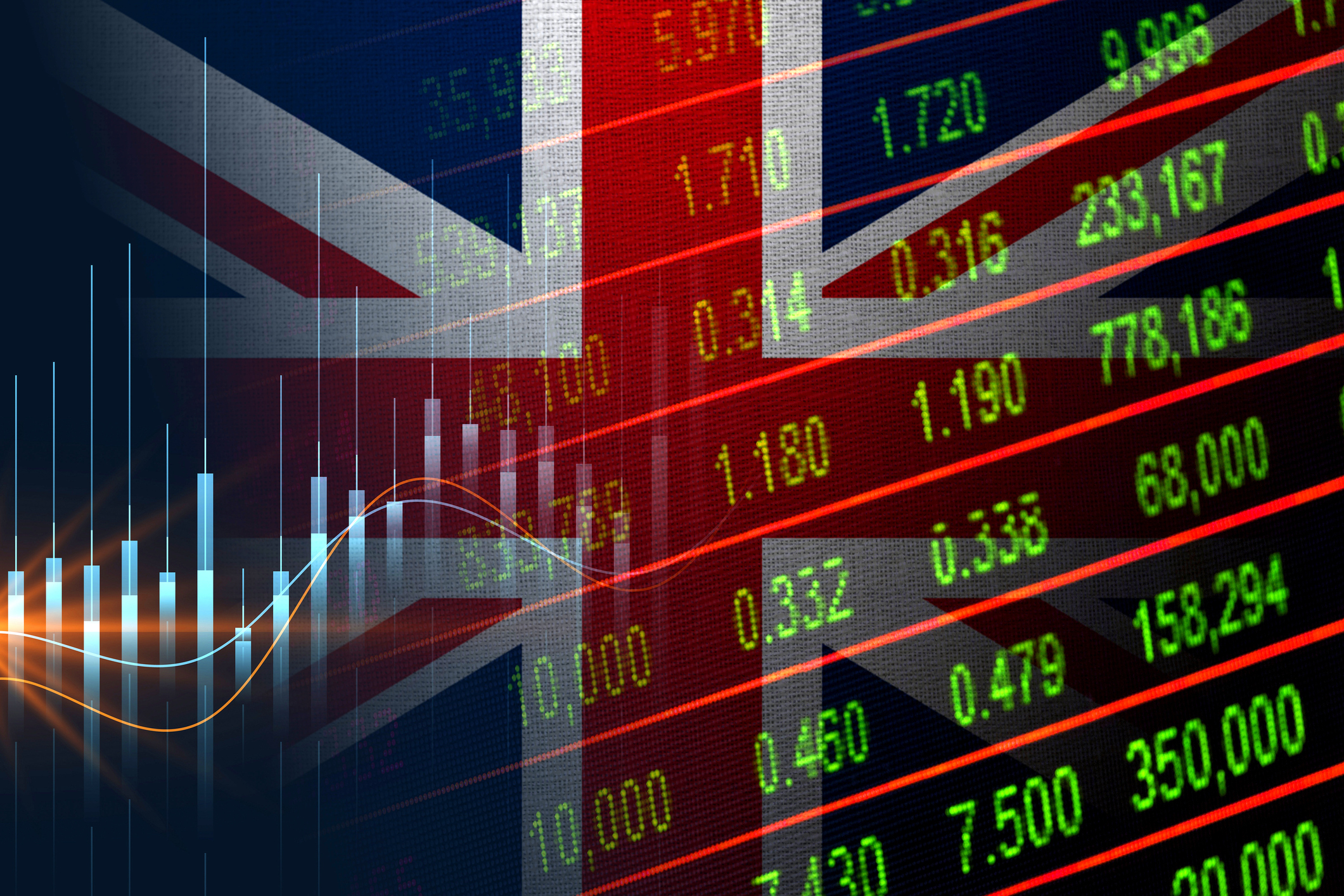US data does the splits
The gulf between business and consumer sentiment and official statistics int he US hasn’t been this wide since 2000, according to Morgan Stanley.

An unusual pattern has appeared in the US economy. "Hard" and "soft" data "are splitting so dramatically that an Olympic gymnast would applaud", says Robin Wigglesworth in the Financial Times. Soft data refers to business and household sentiment surveys; hard data arethe official statistics.
The real-economy data "continues to bumble along at [an] uninspiring speed". Retail sales barely grew in February, for instance. Yet consumer confidence has reached its highest level since 2000. The gulf between hard and soft statistics hasn't been this wide since 2000, according to Morgan Stanley.
The divergence is starting to creep into forecasts too, as ValueWalk.com points out. Forecasters who incorporate soft data into their gauges tracking output are more optimistic about the likely figure for annualised growth in the first quarter of 2017: the New York Federal Reserve Bank expects 3%. Morgan Stanley and the Atlanta Fed, who rely largely on official numbers, forecast 1%.
MoneyWeek
Subscribe to MoneyWeek today and get your first six magazine issues absolutely FREE

Sign up to Money Morning
Don't miss the latest investment and personal finances news, market analysis, plus money-saving tips with our free twice-daily newsletter
Don't miss the latest investment and personal finances news, market analysis, plus money-saving tips with our free twice-daily newsletter
The divergence is "a fascinating study in perception of the US economy versus the reality", says Elena Holodny on BusinessInsider.com. The gap opened up after Trump's election as hopes of a fiscal stimulus package and deregulation spread. Whether the official data catches up will depend on what the government can achieve. Developments in Washington will soon indicate what we can expect, but the danger is that investors continue to overestimate the scope for stimulus. In conjunction with eye-watering valuations, that means the reflation trade in US-led global markets could come to a sticky end.
Get the latest financial news, insights and expert analysis from our award-winning MoneyWeek team, to help you understand what really matters when it comes to your finances.

-
 Why UK investors are backing British stocks in 2026
Why UK investors are backing British stocks in 2026The UK stock market may be lacking fashionable technology shares but investors are keen to buy British next year
-
 UK inflation live: did inflation fall in November?
UK inflation live: did inflation fall in November?The ONS releases inflation data for November tomorrow (17 December). Has inflation continued its downward trend?